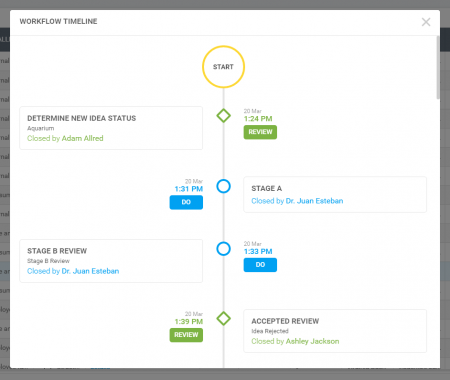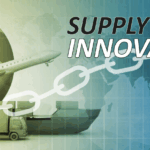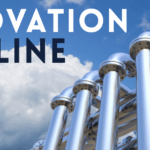Ezassi Provides Practical Workflow Capabilities
Have you ever shifted files or cleaned out your inbox files only to discover a great project that has languished, forgotten in the sea of other information?
This situation is both common and avoidable. When it occurs on an organizational level, it hinders both innovation and market responsiveness.
There is a better way.
Open Innovation and Workflow
Ezassi is globally recognized for delivering the best OI management tools on the market. We have combined this innovative software with an intuitive, customizable workflow system that:
- Integrates all project functions on one dashboard;
- Allows you to track projects from concept submission to product marketing;
- Establishes and assigns tasks for every phase of concept to product efforts;
- Includes graphics that lets you see the workflow status with a simple click of a mouse;
- Gives you the power to customize the workflow to match your systems, and modify them further to address the needs of specific projects.
With our workflow systems, every concept is managed to its appropriate conclusion.
Workflow and Product Lifecycle Management
True workflow processes begin when an idea is presented and completes when a marketable product is on store shelves. Ezassi’s workflow integrates with the most popular PLMs, eliminating redundancies and increasing flexibilities. It addresses every phase of product lifecycle, including:
- Concept Analysis
- Project Definition and Differentiation
- Project Establishment
- Project Execution
- Project Implementation
Within each phase, you can include as many steps or processes you choose to support the successful transformation from idea to reality. With Ezassi’s workflow capabilities, the choices and the control are in your hands.
The Benefits of Workflow
- No project is lost or abandoned.
- Continual progress is supported and tracked.
- Status determination is quick and easy.
- Customization avoids unnecessary or missed steps.
Workflow assures that Open Innovation goes beyond great ideas to become amazing realities.






